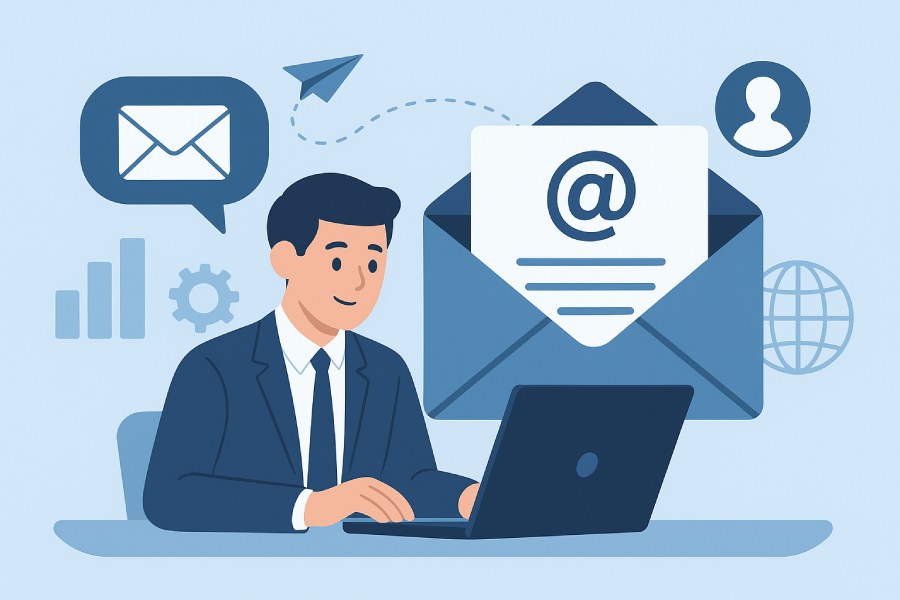How To Use Cold Email Templates In Your Email Outreach For B2b Campaigns
In the fast-paced world of B2B marketing, cold emails remain one of the most effective tools for initiating conversations, generating leads, and building long-term business relationships. But let’s be honest — crafting the perfect cold email from scratch can be time-consuming and challenging. That’s where cold email templates come in.
Using well-structured templates not only saves time but also helps you maintain consistency and professionalism across your outreach campaigns. However, the key to success lies in knowing how to use these templates strategically — customizing them for your audience, aligning them with your goals, and ensuring they don’t sound robotic or spammy.
In this guide, we’ll explore how to effectively use cold email templates in your B2B outreach campaigns to boost response rates, enhance personalization, and convert cold prospects into warm leads. Whether you’re a startup founder, marketer, or sales professional, you’ll discover how a few smart tweaks to your templates can make all the difference in your outreach success.
Understanding B2B Email Outreach and Its Importance
In the landscape of B2B email marketing, targeted outreach is crucial for successful lead generation and client acquisition. Unlike inbound marketing, which relies on attracting customers through valuable content, outbound marketing proactively reaches out to potential clients through sales outreach techniques such as cold email campaigns and LinkedIn outreach. Effective B2B email outreach not only expands your sales funnel but also enhances brand awareness and establishes your company as a credible entity in your niche.
Utilizing sales enablement technologies and tools like HubSpot, Salesforce Pardot, or Outreach.io enhances the ability to streamline email campaign management by combining crm integration and email automation. This fusion allows for timely and data-driven outreach that improves email deliverability, email open rates, and click-through rates, leading to higher conversion rates. By leveraging email outreach, businesses can nurture leads efficiently through personalized, segmented content that corresponds with the prospect’s stage in the sales funnel.
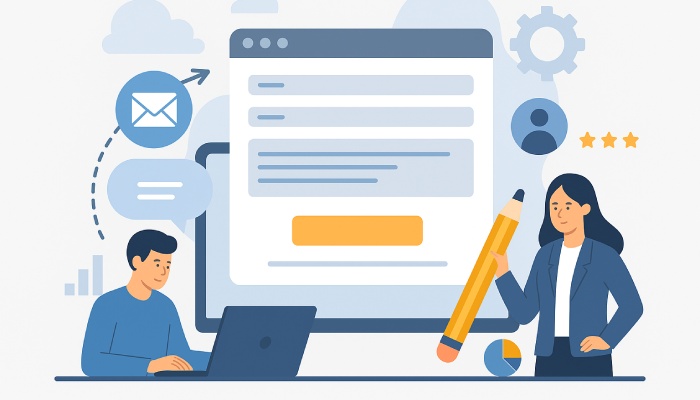
What Are Cold Email Templates and Why Use Them?
Cold email templates are pre-designed email formats used as the foundation for initiating contact with prospects who have had no prior interaction with your brand. These templates ensure consistency and efficiency in crafting personalized email content that resonates with targeted audiences. Tools like Lemlist, Woodpecker, and Reply.io provide dynamic templates integrated with email personalization tools to customize messages at scale.
Using templates saves significant time and effort while maintaining quality in prospecting emails. They help navigate challenging aspects of cold emailing such as complying with email GDPR compliance and adhering to email spam laws, which are vital to maintaining ethical marketing practices and reducing email bounce rates. Moreover, templates are designed to incorporate compelling email subject lines, which play a pivotal role in increasing email open rates.
When embedded within email drip campaigns, cold email templates drive ongoing lead nurturing by scheduling follow-up emails that sustain respondent engagement and maximize the potential for conversion. Furthermore, integrating these templates within email marketing software like Mailchimp, ActiveCampaign, or Marketo, combined with email tracking and email analytics, allows marketers to measure essential email outreach metrics and optimize campaigns to increase email marketing ROI.
Key Elements of an Effective Cold Email Template
Crafting an effective cold email template for B2B campaigns requires attention to several critical elements:
- Compelling Email Subject Lines: The subject line is the gateway to open rates. Use concise, attention-grabbing phrases tailored to the prospect’s industry or pain points. Platforms such as Yesware and Mixmax offer analytics on subject line effectiveness for ongoing refinement.
- Personalized Email Content: Leverage email personalization tools to tailor the message — referencing the prospect’s company, role, or recent news creates relevance. Personalization increases respondent engagement and improves click-through rates in segmented emailing strategies.
- Clear Value Proposition: Highlight the benefits your product or service offers. Focus on how it addresses the specific challenges faced by your target audience, facilitating improved lead nurturing and guiding prospects through your sales funnels.
- Call to Action (CTA): Include a clear and concise CTA that prompts the recipient to take the next step, whether signing up for a demo, downloading content, or scheduling a call.
- Compliance and Professional Tone: Maintain compliance with email GDPR compliance and regional email spam laws by including opt-out options and respecting privacy guidelines while keeping communication professional.
- Visual Simplicity and Accessibility: Avoid excessive images or complicated formatting that can affect email deliverability and increase email bounce rates. Ensure emails render correctly on all devices.
By integrating these components, marketers using tools like Salesloft, Apollo.io, or Klenty can optimize cold emails for high performance and scalability.

Researching Your B2B Target Audience Before Outreach
Before initiating any cold email outreach, comprehensive research on the target audience is imperative. Effective contact list building and email database management form the backbone of successful campaigns. Utilize prospecting software and data services such as ZoomInfo, Clearbit, InsideView, and LinkedIn Sales Navigator to gather accurate, up-to-date information on potential clients.
Segmenting your email list using email list segmentation methods based on criteria like company size, industry, job role, and buying behavior facilitates segmented emailing, ensuring messages address the specific needs of each subgroup. This customization enhances email marketing KPIs, such as conversion rates and email open rates, by presenting prospects with relevant, contextual information.
Additionally, validate your email database periodically with email verification tools to reduce email bounce rates and improve email deliverability. Maintaining a clean and accurate contact list complies with email GDPR compliance and increases the overall effectiveness of your cold email campaigns.
Incorporating qualitative insights gathered from content marketing analysis, competitor evaluations, and influencer outreach research further refines your campaign strategy, enabling a more nuanced approach tailored to your audience’s pain points and preferences.
Personalization Strategies for Cold Email Templates
Personalization is the linchpin in turning cold emails into meaningful conversations and driving higher client acquisition rates. Modern tools such as Lemlist, Woodpecker, PersistIQ, and ConvertKit enable scalable yet highly personalized outreach by automating variable fields based on recipient data.
Advanced tactics include:
- Using dynamic content blocks that swap messaging according to industry segment or buyer persona.
- Tapping into behavioral data captured via crm integration with platforms like Freshworks CRM or Keap to tailor follow-up emails based on prior engagement.
- Incorporating personalized testimonials, case studies, or references derived from sales enablement content to resonate with the prospect’s challenges.
Marketing teams can leverage marketing automation platforms such as Drip, Engagio, and Marketo to orchestrate complex email drip sequences that nurture leads nurtured via lead nurturing workflows over time, heightening respondent engagement and moving contacts closer to purchase decisions.
To further heighten personalization while respecting privacy regulations, it’s prudent to regularly monitor email campaign optimization reports through email analytics capabilities embedded in tools like Mailchimp, ActiveCampaign, or Constant Contact. Tracking performance across your templates identifies winning strategies and informs iterative content enhancements, contributing to improved email marketing ROI.
In synergy with linkedin outreach and multi-channel marketing outreach campaigns, personalized cold emails become part of a cohesive B2B sales strategy that outperforms generic messaging and fosters meaningful B2B relationships.

Crafting Compelling Subject Lines to Increase Open Rates
At the heart of any successful cold email campaign lies a compelling email subject line. This critical element determines whether your email gets opened or relegated to the spam folder, directly affecting your email open rates and, ultimately, your client acquisition success. For b2b email marketing, subject lines need to be concise, clear, and personalized to resonate with the recipient and inspire respondent engagement.
Best practices advise leveraging email personalization tools such as Lemlist or Mailchimp to dynamically tailor subject lines based on data accumulated via email database management or contact list building. Incorporating the recipient’s name, company name, or referencing a recent interaction – such as a LinkedIn outreach connection via LinkedIn Sales Navigator – can immediately boost intrigue and credibility.
It is also advisable to avoid spammy trigger words to maintain compliance with email spam laws and ensure high email deliverability. Optimizing subject lines also benefits from email analytics platforms integrated with CRM integration software like HubSpot or Salesforce Pardot, as these tools provide valuable insights into historical performance and allow for A/B testing to systematically discover which subject lines increase open rates and funnel prospects deeper into your sales funnels.
Writing Clear and Concise Email Body Content
Once your prospect opens the email, the body content must sustain their interest and compel action. In cold emailing best practices, clarity and brevity are paramount: succinct messages that quickly convey value and relevance outperform lengthy or ambiguous texts.
Segment your email list using email list segmentation strategies to tailor personalized email content based on industry, role, or previous interactions. This segmented approach, often automated through platforms like ActiveCampaign, Marketo, or SendinBlue, enhances email marketing ROI by delivering highly relevant prospecting emails that align with the recipient’s needs and pain points.
Content should lead with a value proposition linked to specific pain points addressed by your solutions, encouraging lead nurturing and advancing sales outreach efforts. Utilize bullet points or numbered lists for readability, and maintain a conversational yet professional tone that reflects b2b sales strategies and sales enablement materials sourced from tools like Gong.io or Clearbit.
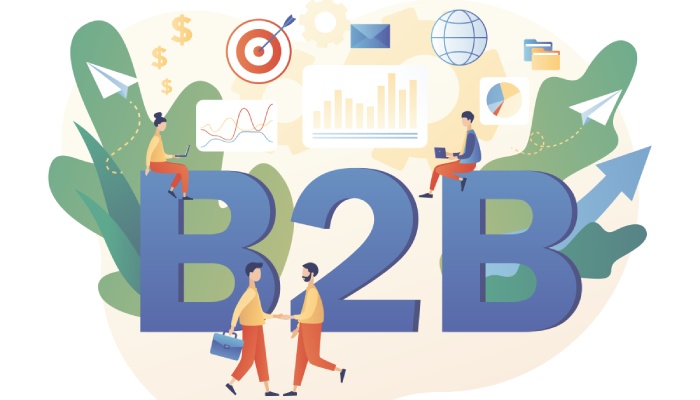
Incorporating Strong Calls-to-Action (CTAs) in Cold Emails
A strong, clear call-to-action (CTA) is the linchpin between email engagement and conversion. For outbound marketing to be effective, the CTA must be actionable, visible, and compelling, guiding recipients toward the next step in your marketing outreach campaigns.
Whether your CTA invites prospects to schedule a demo, download a white paper, or book a call, integrating it seamlessly into your email drip sequences maximizes conversion rates. Tools such as Nureply, HubSpot, and Salesloft enable you to track click-through rates on CTAs and adjust their placement based on real-time email tracking and email outreach metrics.
Avoid overloading your email with multiple CTAs, as this can cause choice paralysis and negative impact on the overall email marketing KPIs. Instead, focus on a single, strategic CTA tailored to the email’s purpose within the sales funnels.
Best Practices for Email Design and Formatting
The design and formatting of your cold emails play a critical role in readability, email deliverability, and engagement. A clean, responsive design that adheres to mobile optimization standards ensures easy consumption across all devices, which directly impacts email open rates and click-through rates.
Effective use of white space, appropriate font size, and bolding key phrases contribute to better email campaign optimization. Tools like ConvertKit, Constant Contact, and SendinBlue provide pre-built email templates crafted following cold emailing best practices, which streamline the design process while maintaining brand consistency.
Balanced use of images enhances visual appeal but beware of overloading emails, which can increase email bounce rates or trigger spam filters, jeopardizing email GDPR compliance and adherence to email spam laws. Moreover, an accessible design that supports alt-text for images and enables keyboard navigation bolsters inclusivity and user experience.
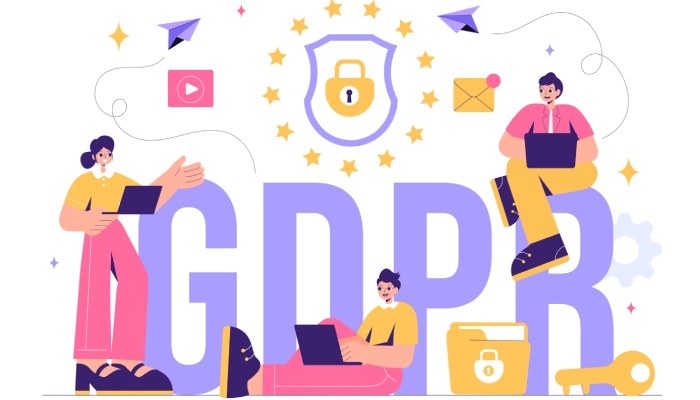
Tools and Software to Manage and Automate Cold Email Campaigns
To scale your cold email campaigns effectively, automation and high-level email campaign management are essential. The market offers a vast array of email marketing software that packs features like email automation, crm integration, and email verification tools to maintain healthy email deliverability and organized email database management.
Platforms such as Outreach.io, Reply.io, Woodpecker, and Yesware provide robust prospecting software capabilities alongside email personalization tools and scheduling functionalities. These enable complex email drip campaigns and follow-up emails to be sent with precise timing tailored to lead generation efforts.
Integration with customer relationship management (CRM) systems such as Freshworks CRM, Keap, or Close.io enhances data synchronization and supports advanced lead nurturing workflows. Such integrated solutions allow sales teams to leverage sales enablement strategies and synergize their b2b sales strategies with efficient email campaign optimization guided by insightful email analytics.
A/B Testing Your Cold Email Templates for Optimal Results
Continuous improvement of your cold email efforts requires rigorous experimentation through A/B testing. By systematically testing variants of email templates—including email subject lines, body content, CTA placement, and design elements—you refine your approach based on data-driven insights.
Utilize email analytics dashboards offered by tools like Mixmax, Salesloft, and HubSpot to monitor critical metrics such as email open rates, click-through rates, email bounce rates, and overall email marketing KPIs. The ability to segment tests across different audience subsets via segmented emailing ensures that adjustments are contextually relevant, increasing the accuracy of results.
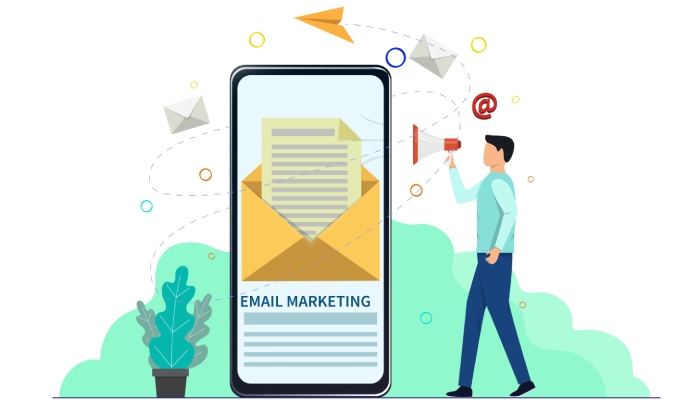
Implementing cold emailing best practices through A/B testing helps to maximize email marketing ROI, optimize marketing outreach campaigns, and accelerate client acquisition by delivering messages that resonate and convert more effectively within established sales funnels. Organizations backed by investors like Andreessen Horowitz often emphasize this iterative, data-backed methodology as a cornerstone of scalable, successful b2b email marketing initiatives.
Avoiding Spam Filters and Ensuring High Deliverability
Achieving optimal email deliverability is a critical factor in the success of any b2b email marketing campaign, especially when engaging in cold email campaigns for lead generation and sales outreach. Ensuring that your emails land in the primary inbox rather than the spam folder requires a combination of technical setup, content strategy, and compliance with email spam laws and email GDPR compliance.
Begin with email verification tools such as ZeroBounce or Clearbit to clean your email database management system of invalid or outdated addresses. High email bounce rates severely impact email deliverability and can cause your domain to be blacklisted. Additionally, verify that your email marketing software—be it HubSpot, Mailchimp, or ActiveCampaign—is properly authenticated with SPF, DKIM, and DMARC records. This technical setup reassures internet service providers (ISPs) of your legitimacy.
Crafting personalized email content with a focus on relevant, non-spammy email subject lines helps improve email open rates. Avoid overly promotional language and ensure that your emails provide clear value, which enhances respondent engagement. Leveraging email personalization tools integrated into platforms like Salesloft or Lemlist can dynamically tailor content to recipient data, supporting segmented emailing efforts.
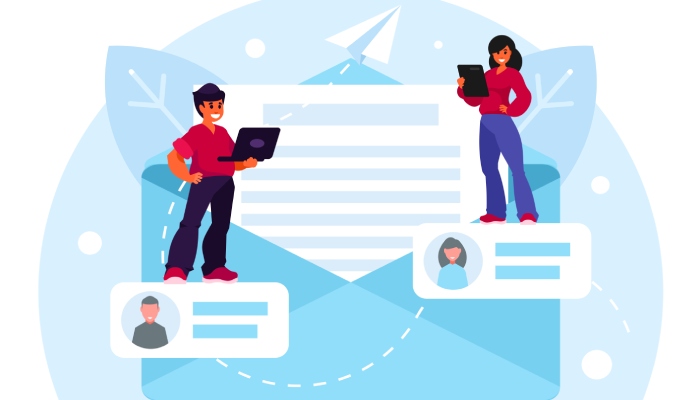
Incorporate strategic email campaign management by scheduling drip email campaigns with follow-up emails that build rapport without overwhelming prospects. Tools like Outreach.io and Reply.io excel in automating these sequences while tracking engagement metrics. Email tracking helps monitor key email outreach metrics such as open rates and click-through rates, allowing ongoing email campaign optimization. Finally, maintain strict adherence to laws regulating cold emailing best practices to protect your sender reputation and ensure compliance.
Scaling Your B2B Email Outreach Campaigns Effectively
Scaling b2b email marketing requires a strategic blend of technology, process optimization, and clear alignment with b2b sales strategies. As campaigns expand, utilizing marketing automation and robust email marketing software like Salesforce Pardot, ActiveCampaign, or Constant Contact streamlines email campaign management while maintaining high levels of personalization.
To support scaling, investing in CRM integration ensures that sales outreach efforts remain coordinated; syncing email drip sequences and prospecting emails with customer relationship management systems such as Freshworks CRM or Close.io provides real-time insights into lead nurturing status.
Advanced segmentation, powered by email list segmentation and contact list building databases like Apollo.io, enhances targeted messaging efficacy in large-scale campaigns. This segmented emailing reduces the risk of diminishing returns often observed with broad, untargeted marketing outreach campaigns.
Marketing automation also enables complex drip email campaigns tailored to different buyer personas or stages within sales funnels. This ensures that prospects receive relevant content, which maintains email deliverability and sustains engagement rates during client acquisition journeys.
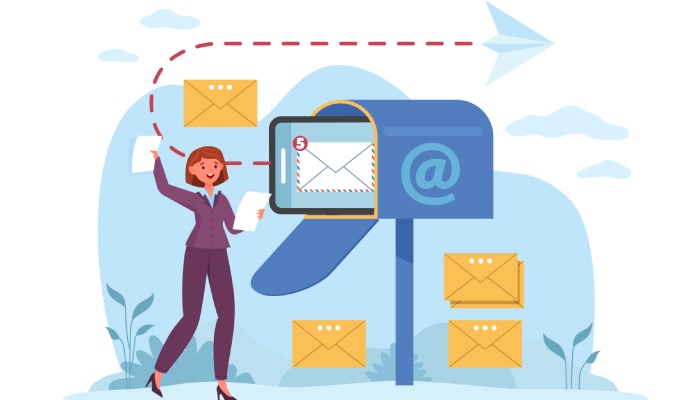
Leverage influencer outreach and LinkedIn sales navigator to complement email campaigns, forming a multichannel approach that achieves better respondent engagement and higher conversion rates. Moreover, continuous email campaign optimization, supported by email analytics software, facilitates timely adjustment of email subject lines, templates, and follow-up emails, maximizing email marketing ROI.
By applying cold emailing best practices and employing reputable prospecting software such as PersistIQ, Groove, or Klenty alongside skilled sales enablement, organizations can efficiently grow their pipeline without sacrificing quality or compliance.
FAQs
How can I improve email deliverability in cold email campaigns?
Improving email deliverability involves cleaning your email list with email verification tools, authenticating your domain with SPF, DKIM, and DMARC, and crafting personalized, relevant email content. Avoiding spammy language and respecting email GDPR compliance and spam laws also boost inbox placement.
What are the most important email marketing KPIs to track?
Key KPIs include email open rates, click-through rates, bounce rates, conversion rates, and respondent engagement metrics. Integrating these with sales funnel data via CRM integration helps in evaluating campaign effectiveness and overall email marketing ROI.
How do I avoid making cold email templates sound generic?
Use email personalization tools like Lemlist or Salesloft to customize templates based on well-researched contact list segmentation and prospect information. Personalize email subject lines and body content to align with each recipient’s pain points and interests.
What is the best way to scale B2B email outreach?
Utilize marketing automation and CRM platforms such as Salesforce Pardot or ActiveCampaign to manage complex drip email campaigns efficiently. Employ segmented emailing techniques, ensure tight alignment with sales enablement, and integrate prospecting software like Apollo.io to maintain lead quality at scale.

How can I ensure compliance with email spam laws during outreach campaigns?
Implement consent-based email lists, provide clear unsubscribe options, and maintain transparent privacy policies. Utilize email marketing software that supports GDPR compliance and stay updated on regional regulations affecting cold emailing best practices.
Which tools are recommended for email tracking and analytics?
Tools like Yesware, Mixmax, and Gong.io deliver real-time email outreach metrics and detailed analytics, helping marketers optimize subject lines, timing, and content based on prospect behavior and engagement data.
Key Takeaways
- Maintaining high email deliverability requires a combination of validated contact lists, proper authentication, and adherence to spam laws and GDPR compliance.
- Measuring success through email marketing KPIs and integrating CRM with marketing automation platforms is essential for optimizing b2b email campaigns.
- Avoid generic cold email templates by leveraging email personalization tools and segmented emailing strategies tailored to specific buyer personas.
- Scaling email outreach effectively depends on marketing automation, precise email list segmentation, and comprehensive email campaign management software.
- Continuous email campaign optimization using email analytics and tracking tools improves email marketing ROI and supports sustainable client acquisition efforts.

